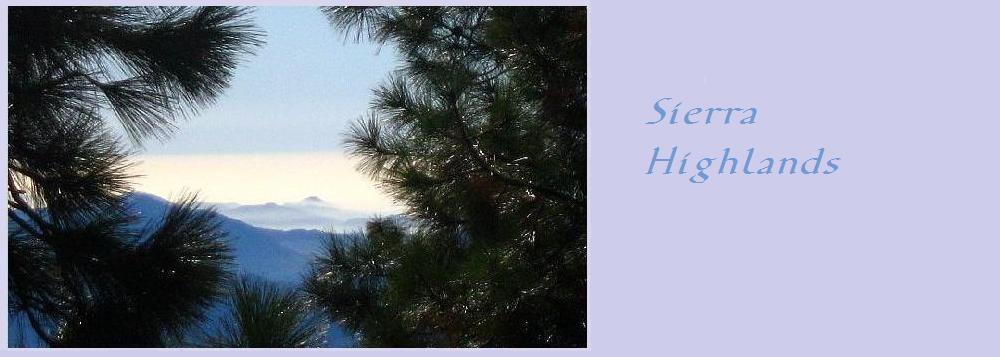
Homeschool Parent Book Club
I thought I would try to get some notes down about my book discussion reading while everything is still quiet around here.
“And the Skylark Sings with Me” is a line from a William Blake poem called The Schoolboy. Incidentally, I think William Blake must have been a classic right-brained type. I am reading about him in a different context and he was rather a mystic and an artist as well as a poet. I hope to get to read a bit of his poetry this year. He writes wistfully:
How can the bird that is born for joy
Sit in a cage and sing?
How can a child when fears annoy
But droop his tender wing,
And forget his youthful spring?
It sounds like he is talking from personal experience — and many other of the human beings whom I most admire — GK Chesterton and CS Lewis are two examples– had substantial difficulties with structured, arbitrary school institutions.
David Albert admits up front that the story of his family is a rather unusual story. His oldest daughter asked persistently to learn to play the violin starting at age 20 months, after going to one of those free park concerts. She started off on a 1/64 size violin while still in diapers and was performing with adults while still well under ten. His second daughter started on the piano and followed a different, but in some ways equivalent path.
Since his second daughter was adopted, it raises the question of nature vs nurture. How much of their talent was innate and how much did it flourish because of the environment they were in? Albert minimizes his influence on their musical inclincations. He says he and his partner were somewhat musically inclined in their pasts but had mostly put away active musicianship by the time they were raising their children.
However, I imagine that they were probably raising their children in a very enriched environment, with lots of access to experiences and other people. The other factor that comes out in his writing is that they expected their children to show strong talents and inclinations and probably created an environment where the children felt very empowered to ask for opportunities and information. I would have liked him to talk more specifically about this aspect. I think he was more interested in focusing on HOW they met their daughters’ interests once they had expressed them, than in how those interests might have been allowed to germinate and present themselves in the first place.
The point he wants to make by describing this unique path is that he believes that this kind of freedom to flourish is every child’s heritage. Not every child will have these strong musical inclinations, of course, but we do a disservice to the individuality of the child by trying to put them on a standardized path (more on that part of it later — I’m going to deal with it in a separate post).
So in general, the book is a narrative of their family’s unique learning journey interspersed with some ponderings on general learning principles. It is quite interesting reading.
He calls his book another slim volume in the “library of human potential” and I like that. I have always loved the stories of how people learn and thrive and grow in very diverse environments. I used to be fascinated with the old Growing without Schooling newsletters. I think I memorized large sections. I loved Nancy Wallace’s “Better than School” and John Holt’s keen observations of children and adult learning behavior. More recently, this blog community has been a rich source of anecdotal experience for me.
Some questions I have been pondering as a result of re-reading the book:
- What interests or strong inclinations have my children shown and how have I encouraged their development?
- What are the elements that go into providing an environment for these interests and inclinations to develop?
- How would the elements be different depending on the circumstances of the family? What principles would stay the same?
He makes the point that parents are enriched by childrens’ interests, and that the homeschool journey is a learning one for the adults, too. Learning is reciprocal. I’ve certainly had this experience often in my homeschool too, and would add that it works from sibling to sibling too. Children learn a lot from each others’ interests. Not only the interest itself, but the process of going about developing it. So any little seed or spark of interest or proclivity that begins in a family is a real treasure, an heirloom, a gift. I think that is one of the biggest surprises and blessings I’ve found in homeschooling and mothering. You see that process brought out again and again in Albert’s book. A mostly dormant interest in music led the parents to bring their toddler to a park concert; this led to her interest in the violin; this led their own musical interest to develop into more various experiences with opera and choir and then piano (inspired by their younger daughter’s interest in that instrument).
The process of how one thing led to another is a bit more mysterious and hidden, but you can see that a willingness to explore and venture, and a delight in following these paths and a certain kind of energy in focusing and directing them, were among the elements.
Probably the essential key was a sense of connectedness and engagement — a deep sense that we as humans benefit from relationships, both with each other and with the things out there, particularly the highest things that have engaged and connected human beings through history. At least, that’s the essential idea I’m going to try to take away with me from reading this part of the book.
